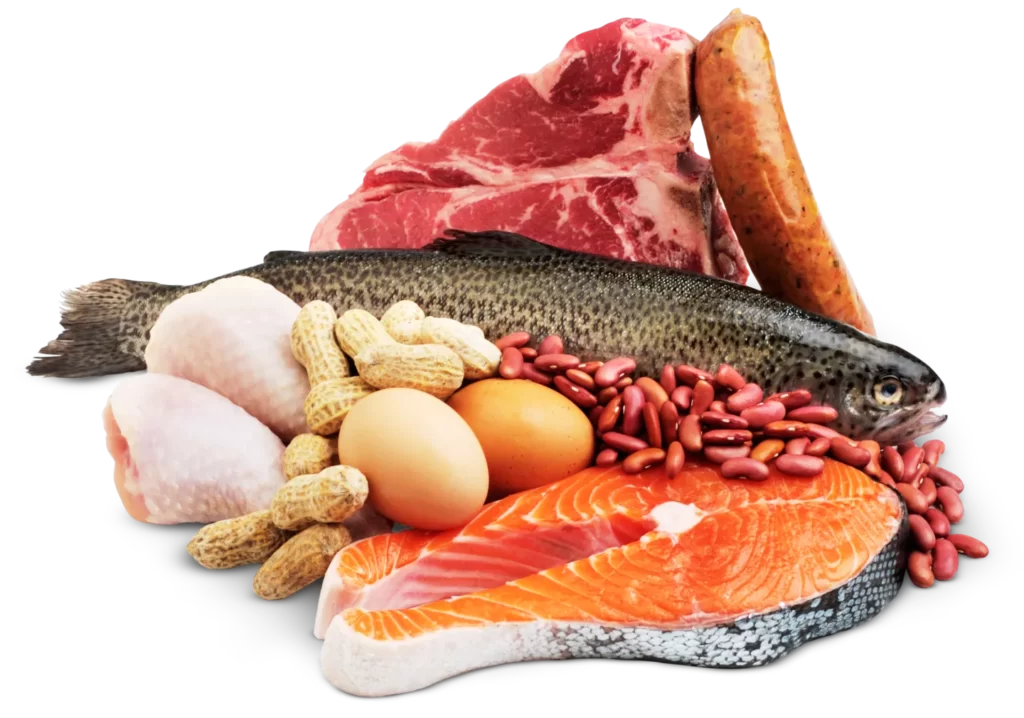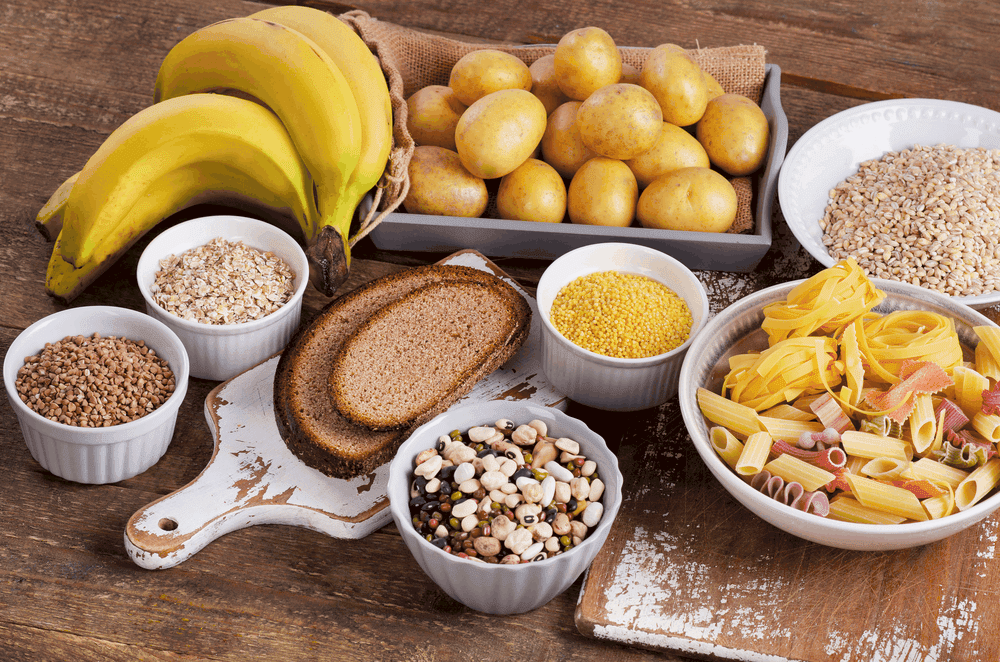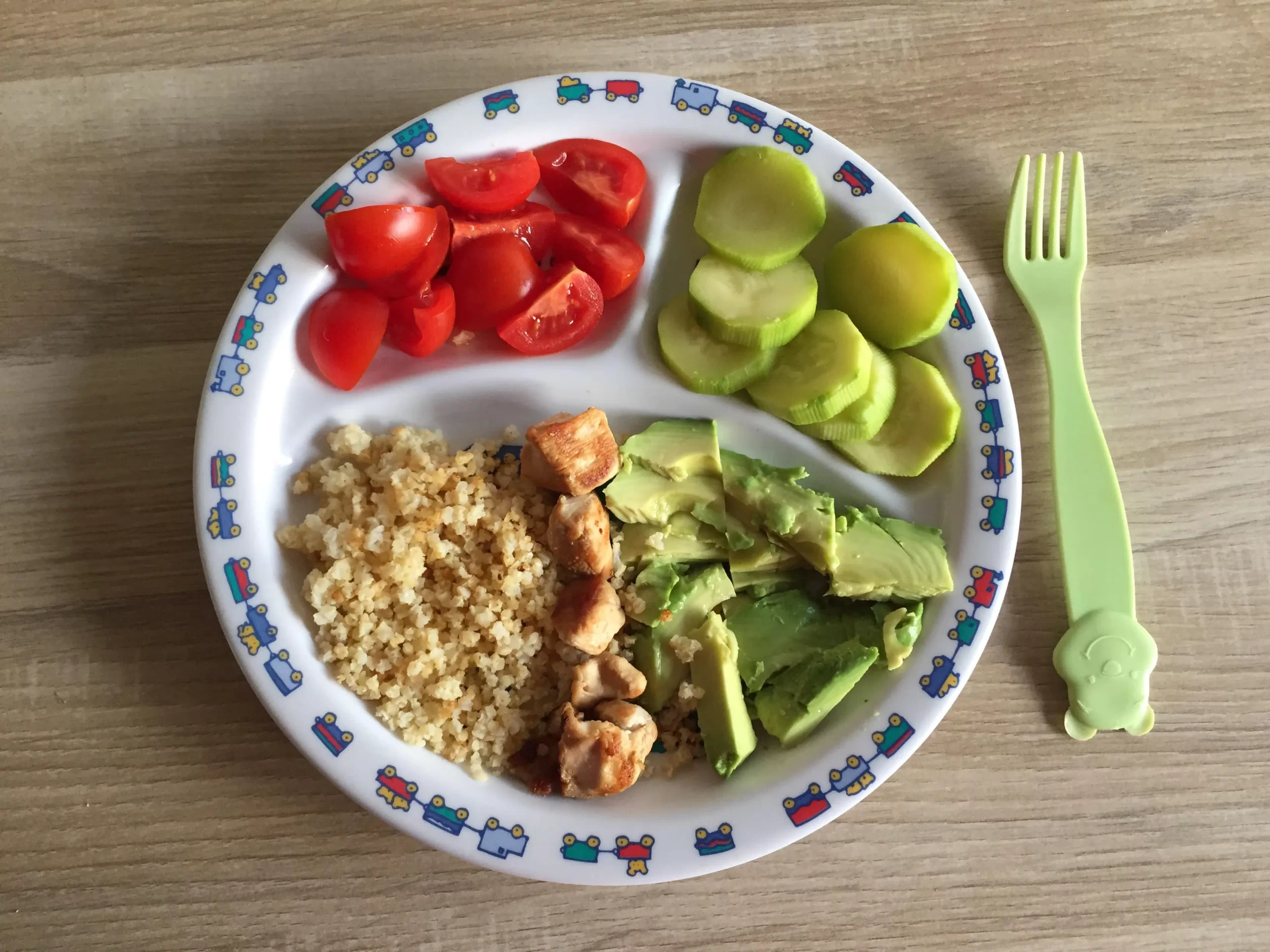A healthy eating plan gives your body the nutrients it needs every day while staying within your daily calorie goal for weight loss. A healthy eating plan also will lower your risk for heart disease and other health conditions.
A healthy eating plan.
Calories.

To lose weight, most people need to reduce the number of calories they get from food and beverages (energy IN) and increase their physical activity (energy OUT). For a weight loss of 1–1 ½ pounds per week, daily intake should be reduced by 500 to 750 calories. In general: Very low calorie diets of fewer than 800 calories per day should not be used unless you are being monitored by your doctor.
3.Dairy (milk and milk products).

Always choose fat-free (skim) or low-fat (1%) dairy products and try to consume 3 cups (0.72 liter) total per day. Be careful with flavored milks that may contain added sugars. Yogurt is best when it is fat-free or low-fat. Plain yogurt that you stir your own fresh or dried fruit into is better than fruit-flavored yogurts, which can contain added sugars. Cream cheese, cream, and butter are high in saturated fat and should be consumed in moderation.
4.Meat, chicken, fish, eggs and beans are all good sources of protein.

Chicken and meat are good sources of protein, iron, zinc and B vitamins. Choose lean cuts of meat and skinless chicken to reduce saturated fat that may contribute to weight gain and heart disease. Fish is another valuable source of protein and especially oily fish such as sardines, pilchards, salmon, trout and mackerel is a good source of omega 3. Omega 3 helps with cognitive development and prevention of heart disease. Aim for 2 portions of oily fish per week.
Cut down on sugary foods.

Sugar provides calories, but is of little nutritional value. When sugary foods are combined with fat they become especially high in calories such as in pastries and chocolate and can contribute to weight gain. Fizzy drinks easily add a lot of sugar to our diets, instead choose water or milk. These foods should be seen as treats to enjoy on special occasions only.
Fruit and Vegetables.

All age groups are encouraged to eat five portions of fruit and vegetables every day. Research shows that five portions a day can help prevent heart disease and some types of cancer. Fruit and vegetables are also full of vitamins, minerals and fibre and are low in fat.
A portion is about 80g. Examples of a portion include:
• one medium-sized piece of fruit, such as an apple, orange, banana or pear
• two small fruits, such as kiwi, Satsuma or plums
• one large slice of pineapple or melon
• one tablespoon of dried fruit
Potatoes, bread, rice, pasta and other starchy carbohydrates.

Starchy foods such as bread, rice, potatoes and pasta are a good source of energy, fiber and B vitamins and should be used as the basis for meals. Choose higher-fiber, wholegrain varieties such as whole wheat pasta, brown rice, or by leaving the skin on potatoes. Wholegrain food contains more fiber than white or refined starchy food, and often more of other nutrients. We also digest wholegrain food more slowly and can help us feel full for longer.
Interested in Reading My Article On 7 Benefits of Eating Vegetables and Fruits
